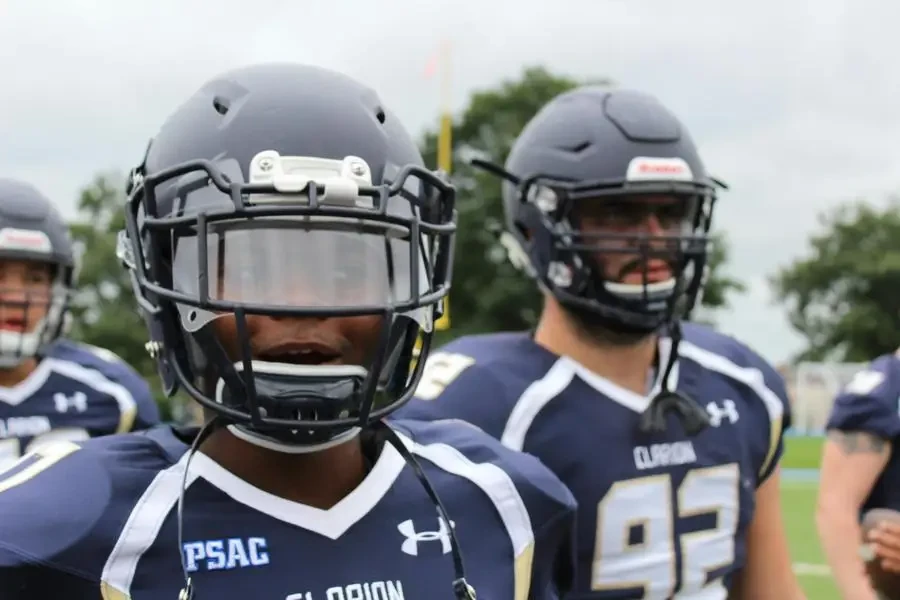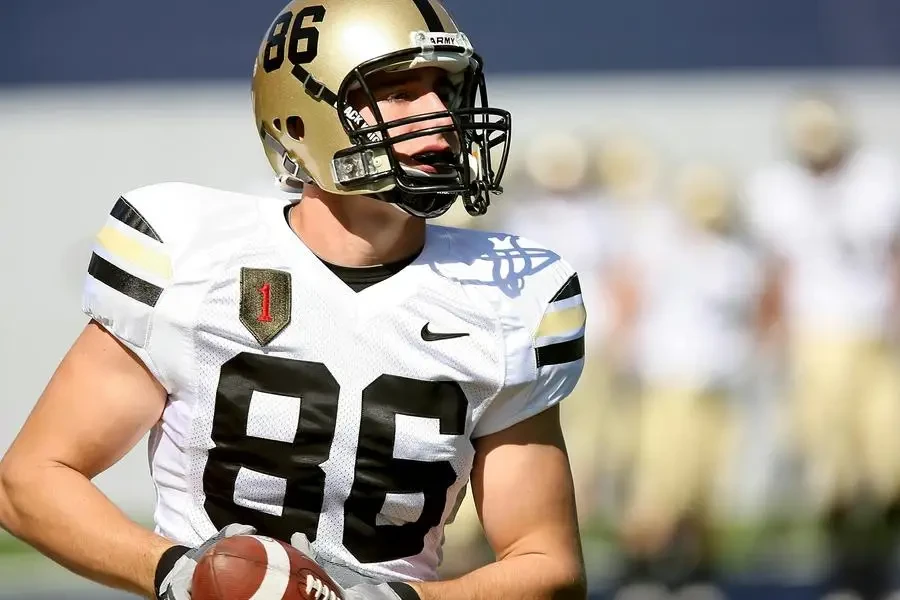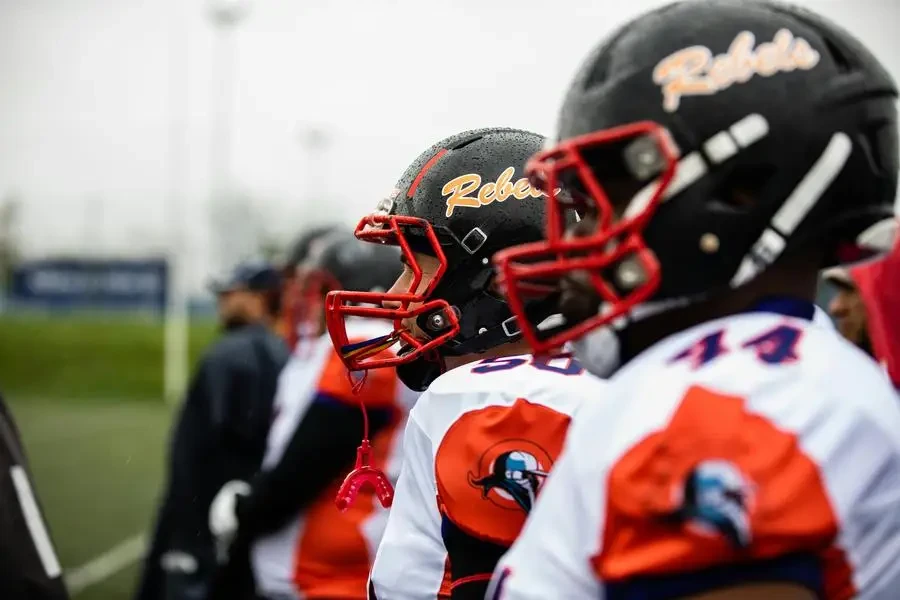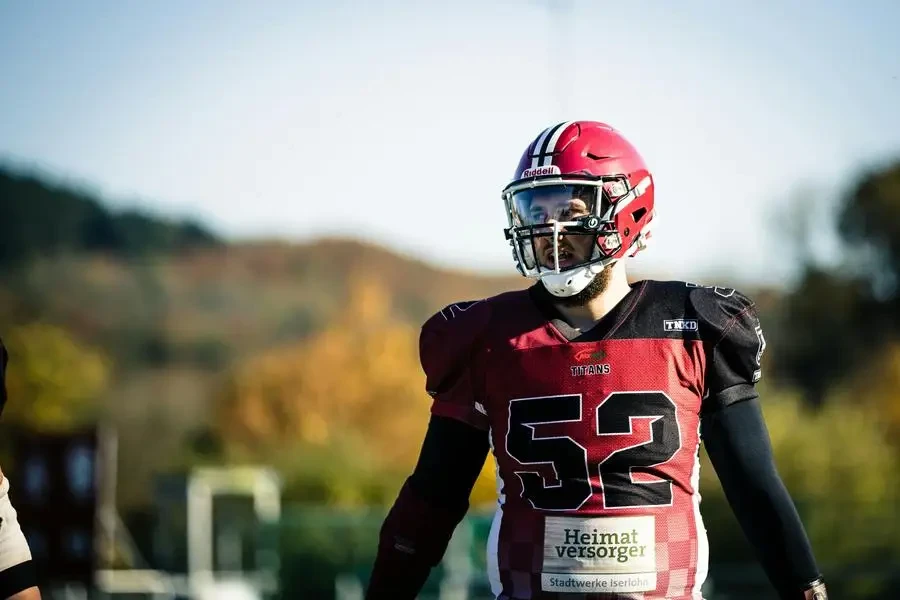Illinois football helmets are more than just protective gear; they symbolize team spirit, innovation, and safety. As the demand for high-quality football helmets continues to grow, understanding the market dynamics becomes crucial for manufacturers, retailers, and consumers alike.
Table of Contents:
Market Overview
Innovative Designs and Customization Options
Safety and Technological Features
Materials and Durability
Conclusion
Market Overview

Current Demand for Illinois Football Helmets
The demand for Illinois football helmets has seen a significant rise in recent years. This surge can be attributed to the increasing awareness of player safety and the growing popularity of football at both amateur and professional levels. According to Statista, the revenue in the American football merchandise market, which includes football helmets, is projected to reach $6.77 billion in the United States by 2024. This indicates a robust market for football helmets, driven by the sport’s deep-rooted cultural significance and the continuous advancements in helmet technology.
Key Players and Manufacturers
The market for Illinois football helmets is dominated by several key players who have established themselves as leaders in innovation and quality. Companies such as Riddell, Schutt Sports, and Xenith are at the forefront, offering helmets that incorporate the latest safety features and technological advancements. Riddell, for instance, is renowned for its SpeedFlex helmet, which features a flexible shell and a ratchet-style chinstrap for enhanced protection and comfort. Schutt Sports is another major player, known for its F7 helmet that utilizes TPU cushioning to absorb impact. Xenith, with its unique shock suspension system, has also made significant strides in the market, catering to the needs of both professional and amateur players.
Market Growth and Future Projections
The market for Illinois football helmets is poised for substantial growth in the coming years. According to Research and Markets, the global football apparel market, which includes helmets, is expected to grow at a CAGR of 5.58% from 2023 to 2028. This growth is driven by several factors, including the increasing participation in football, the rising awareness of player safety, and the continuous innovation in helmet design and materials. The market is also expected to benefit from the growing trend of customization and personalization, with more teams and players seeking unique and individualized helmet designs.
In terms of regional insights, the United States remains the largest market for football helmets, with a projected revenue of $6.77 billion by 2024. However, other regions such as Europe and Asia-Pacific are also showing promising growth, driven by the increasing popularity of American football and the rising investments in sports infrastructure. For instance, the football apparel market in China is expected to grow at an impressive CAGR of 7.3% to reach $2.9 billion by 2030, according to Research and Markets.
Innovative Designs and Customization Options

Unique Design Elements of Illinois Football Helmets
Illinois football helmets have evolved significantly over the years, incorporating unique design elements that not only enhance the aesthetic appeal but also improve functionality. One of the standout features of these helmets is the incorporation of the team’s iconic colors and logos, which are meticulously crafted to ensure they stand out on the field. The use of advanced printing techniques allows for intricate designs that are both durable and visually striking. Additionally, the helmets often feature a matte or glossy finish, which can be customized based on the team’s preference.
Another unique design element is the integration of aerodynamic shapes that reduce wind resistance, allowing players to move more swiftly. This is particularly important in a high-speed sport like football, where every millisecond counts. The helmets are also designed with ventilation systems that ensure players remain cool and comfortable, even during intense games. These ventilation systems are strategically placed to maximize airflow without compromising the helmet’s structural integrity.
Customization Trends Among Teams and Players
Customization has become a significant trend in the world of sports, and football helmets are no exception. Teams and players are increasingly seeking personalized helmets that reflect their individual style and preferences. This trend is driven by advancements in technology that allow for greater customization options. For instance, players can now choose from a variety of colors, finishes, and designs to create a helmet that is uniquely theirs.
Moreover, customization is not limited to aesthetics. Players can also customize the fit and comfort of their helmets. Modern helmets come with adjustable padding and straps that ensure a snug fit, reducing the risk of injury. Some players even opt for custom-molded helmets that are designed to fit the exact contours of their heads. This level of customization not only enhances comfort but also provides better protection.
Safety and Technological Features

Advanced Safety Features in Modern Helmets
Safety is paramount in football, and modern helmets are equipped with advanced features to protect players from head injuries. One of the most significant advancements in helmet safety is the use of multi-directional impact protection systems (MIPS). MIPS technology reduces rotational forces on the brain during impact, thereby minimizing the risk of concussions. This technology has been adapted for football helmets, providing players with an additional layer of protection.
Another notable safety feature is the use of high-density foam padding that absorbs and disperses impact energy. This padding is strategically placed within the helmet to protect critical areas of the head. Additionally, modern helmets are designed with a shell that flexes upon impact, further reducing the force transmitted to the player’s head. These features collectively enhance the overall safety of the helmet, making it a crucial piece of equipment for football players.
Technological Innovations Enhancing Performance
Technological innovations have also played a significant role in enhancing the performance of football helmets. One such innovation is the integration of sensors that monitor impact forces. These sensors provide real-time data on the intensity and location of impacts, allowing coaches and medical staff to assess the severity of hits and take appropriate action. This technology is particularly useful in identifying potential concussions and ensuring players receive timely medical attention.
Another technological advancement is the use of lightweight materials that do not compromise on strength. Helmets made from materials like carbon fiber and polycarbonate are both lightweight and durable. These materials are now being used in football helmets, providing players with a helmet that is easy to wear and does not hinder their performance. Additionally, the use of 3D printing technology allows for the creation of custom-fit helmets that offer superior comfort and protection.
Materials and Durability

High-Quality Materials Used in Illinois Football Helmets
The materials used in the construction of Illinois football helmets are of the highest quality, ensuring both durability and performance. The outer shell of the helmet is typically made from polycarbonate, a material known for its impact resistance and lightweight properties. Polycarbonate is also highly durable, capable of withstanding the rigors of intense football games without cracking or breaking.
Inside the helmet, high-density foam padding is used to provide cushioning and absorb impact energy. This foam is often combined with gel inserts that enhance comfort and provide additional protection. The use of moisture-wicking fabrics in the helmet’s interior lining ensures that players remain dry and comfortable, even during long games. These materials collectively contribute to the overall durability and performance of the helmet.
Durability and Longevity of Modern Helmets
Modern football helmets are designed to last, with durability being a key consideration in their construction. The use of high-quality materials ensures that the helmets can withstand repeated impacts without degrading. Additionally, the helmets are subjected to rigorous testing to ensure they meet safety standards and can provide reliable protection over time.
One of the factors contributing to the longevity of modern helmets is the use of advanced manufacturing techniques. For instance, the helmets are often constructed using a process called in-mold construction, where the outer shell and inner foam are molded together. This creates a stronger bond between the materials, enhancing the helmet’s durability. Furthermore, the helmets are designed with replaceable parts, such as padding and straps, allowing players to maintain and extend the life of their helmets.
Conclusion
The evolution of Illinois football helmets reflects the broader trends in sports equipment, where innovation, customization, and safety are paramount. With unique design elements, advanced safety features, and high-quality materials, these helmets not only enhance performance but also provide superior protection. As technology continues to advance, we can expect even more innovative features that will further improve the safety and performance of football helmets. The future of football helmets looks promising, with ongoing research and development paving the way for even more advanced and customized solutions.




